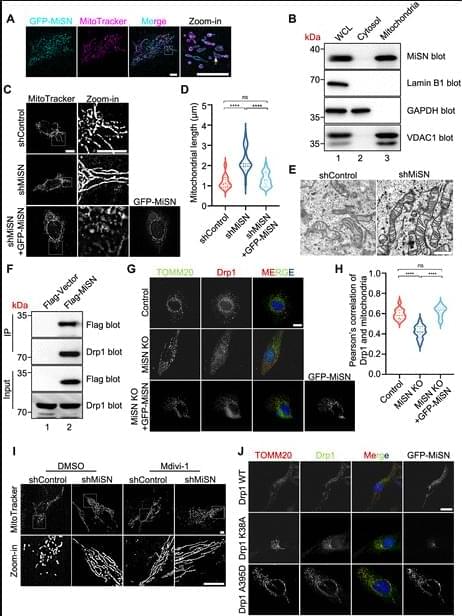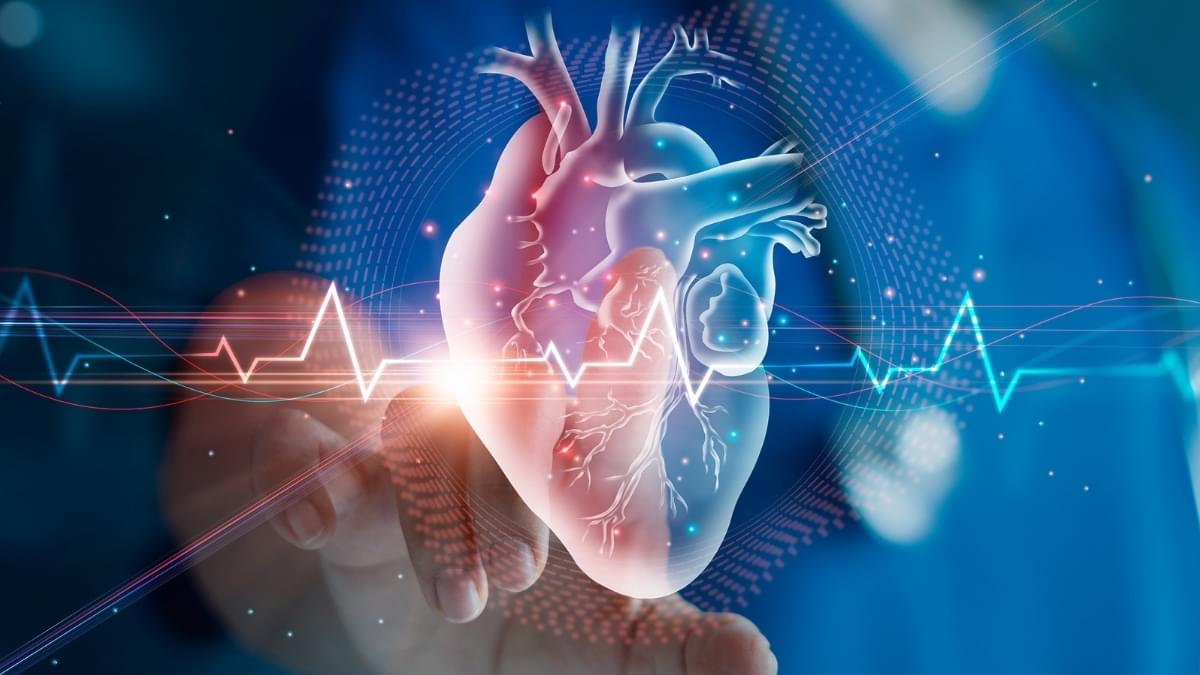Small cell lung cancer often metastasizes to the brain. A Stanford Medicine-led study shows the cancer cells form synapses with neurons, and signaling across these synapses encourages tumor growth.


Small cell lung cancer often metastasizes to the brain. A Stanford Medicine-led study shows the cancer cells form synapses with neurons, and signaling across these synapses encourages tumor growth.


A research team including a Keele University scientist have made a breakthrough in monitoring insect populations across the UK using weather radar data. Traditionally used to track rainfall and storms, these radars are now helping researchers monitor the daily movements and long-term numbers of flying and floating creatures—including bees, moths, flies, spiders, and other arthropods.

Researchers at La Jolla Institute for Immunology, Scripps Research, and the Ragon Institute of MGH, MIT, and Harvard report coordinated studies showing that several HIV germline-targeting immunogens can be delivered together to activate multiple broadly neutralizing antibody precursors.
HIV vaccine design faces the challenge that B cells capable of maturing into broadly neutralizing antibodies (bnAb) are exceptionally rare and poorly stimulated by standard antigens. Most immune responses concentrate on variable parts of the viral envelope rather than the conserved regions that would enable cross-strain protection from HIV.
Germline-targeting immunogens have been developed to engage those rare naive B cells directly, but until now, each construct was tested in isolation, leaving open whether several could be given at once without interference. In paired studies published in Science Immunology, investigators tested that question across two models using different vaccine formats.

Mitochondria, the primary energy-producing organelles in eukaryotic cells, power essential biosynthetic processes through oxidative phosphorylation [1]. These organelles are highly dynamic and continually undergo cycles of fusion and fission to support energy-demanding cellular activities such as proton pumping for gastric acid secretion [2]. These membrane remodeling events are regulated by evolutionarily conserved guanosine triphosphatases (GTPases) from the dynamin superfamily, with fusion at the outer and inner membranes mediated by MFN1/2 and OPA1, respectively, and fission occurring by Drp1 [3]. However, little is known about how Drp1 anchors to the mitochondrial outer membrane. Here, we report a previously uncharacterized protein, C3orf33, as a novel adaptor for Drp1 and designate it Mitofissin (MiSN) on the basis of its function in controlling mitochondrial fission. Our preliminary screen suggested that MiSN localizes to mitochondria. To visualize dynamic and fine MiSN localization, we transiently transfected U2OS cells to express green fluorescent protein (GFP)-MiSN, followed by real-time imaging using lattice structured illumination microscopy (Lattice SIM). As shown in Figure 1 A, MiSN colocalized with the mitochondrial dye MitoTracker. Careful examination of the zoomed-in image revealed that the MiSN signal was exterior to the MitoTracker (Figure 1 A, arrow). Further characterization of the cellular fractions revealed that MiSN was enriched in the mitochondrial fraction (Figure 1 B). Thus, we concluded that MiSN is a novel mitochondrial outer membrane protein.
OPEN IN VIEWER


Two Sydney PhD students have pulled off a remarkable space science feat from Earth—using AI-driven software to correct image blurring in NASA’s James Webb Space Telescope. Their innovation, called AMIGO, fixed distortions in the telescope’s infrared camera, restoring its ultra-sharp vision without the need for a space mission.

Emerging adulthood – the life stage that unfolds around ages 18–25 – is full of major transitions, such as starting college or learning a trade, making new friends and romantic connections, and generally becoming more independent.
It’s also a stage where behaviors that diminish heart health, such as spending more time sitting, consuming more fast food, and using more tobacco and alcohol, become more common.
In fact, only about 1 in 4 youths maintain positive health behavior patterns during the transition to adulthood.

